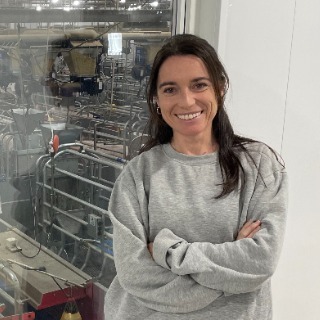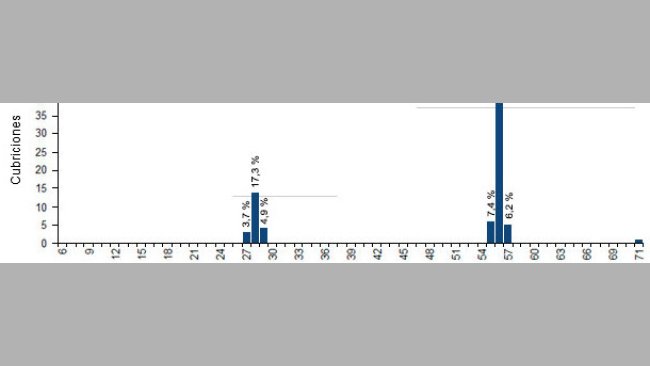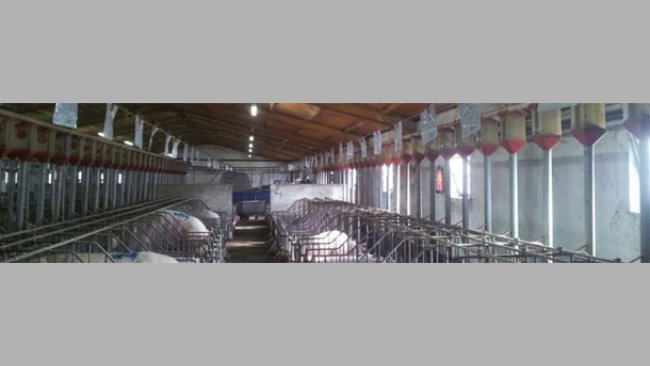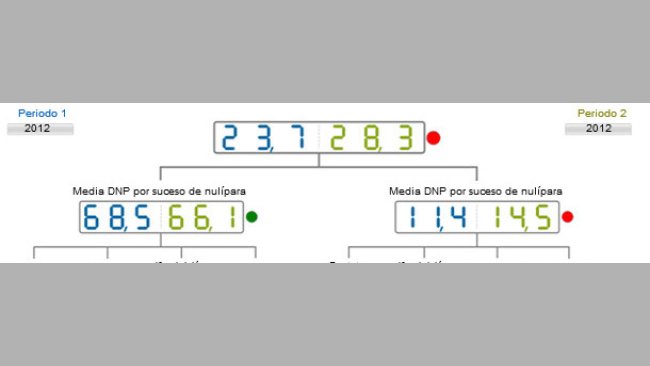
The Internet of (swine) Things
A new revolution is about to reach the swine sector, we are talking about new information management.


A new revolution is about to reach the swine sector, we are talking about new information management.

This article explains how the massive use of hormones helps synchronize heats and farrowings when workload scheduling, synchronization and production rates stability are priorities.

A strict schedule allows us to concentrate all the important events, and time periods where more attention/work is required, within the working days.

As you probably know, the name pig333 web comes from the length of the sow's gestation, which is "3 months, 3 weeks and 3 days". This paper proposes the necessity to review the length of gestation on our farm.

After checking that our farm loses days in the servicing of the gilts, the detection of empty sows housed in yards and the culling (sending of the sows to the abattoir), we propose a package of measures…

Let us see the case of a farm with 5 non-productive days more than the average of the farms with the same profile. Where are these days lost?

The results reveal that the stress that the sows due to excessive interventions around the moment of the farrowing causes a clear increase in the pre-weaning mortality.

We saw aggressiveness in the sows, and we suspected that it could have been caused by the handling around the moment of the farrowing. We decided to register and analyze the data relative to the handling in order to confirm our suspicions.

The farrowing interval is one of the production parameters more commonly used as an indicator of the production efficiency of a farm.

Which factors affect the WTSI? Among the factors with a biggest influence we have: inadequate intake during lactation, season of the year, and length of the lactation.

In order to keep the population of the different kinds of animals constant, the flows of pigs must be constant. This is, we must keep the production pace of the farm.

It's necessary to promote a standardization of the causes of the losses/cullings of the sows. Some rules on which this standardization can be based on are proposed.

The registration of the sow losses/cullings in the management computer programs is normally something easy, but it is not always given the importance that it really has so, sometimes, the registration is incomplete, with wrong dates and without writing down the cause of the loss/culling. Nevertheless, its correct registration and its later analysis can give us very useful information for the correct technical-financial management of the farm.

In a very near future we will have an enormous amount of data with more speed and ease than ever, and also from very different origins.

Only the 17% of the companies use more than the 75% of the collected information and only the 27% of them think that they use it better than their competitors.

In previous articles we have talked about the importance of a good sow replacement, and we have explained methods to calculate an adequate sow replacement rate. In this article we are going to show an example of a bad replacement policy and its consequences throughout time on the productivity of the farm.
Welcome to 333
Connect, share, and interact with the largest community of professionals in the swine industry.
Celebrating 196972Users on 333!
Sign upAlready a member?